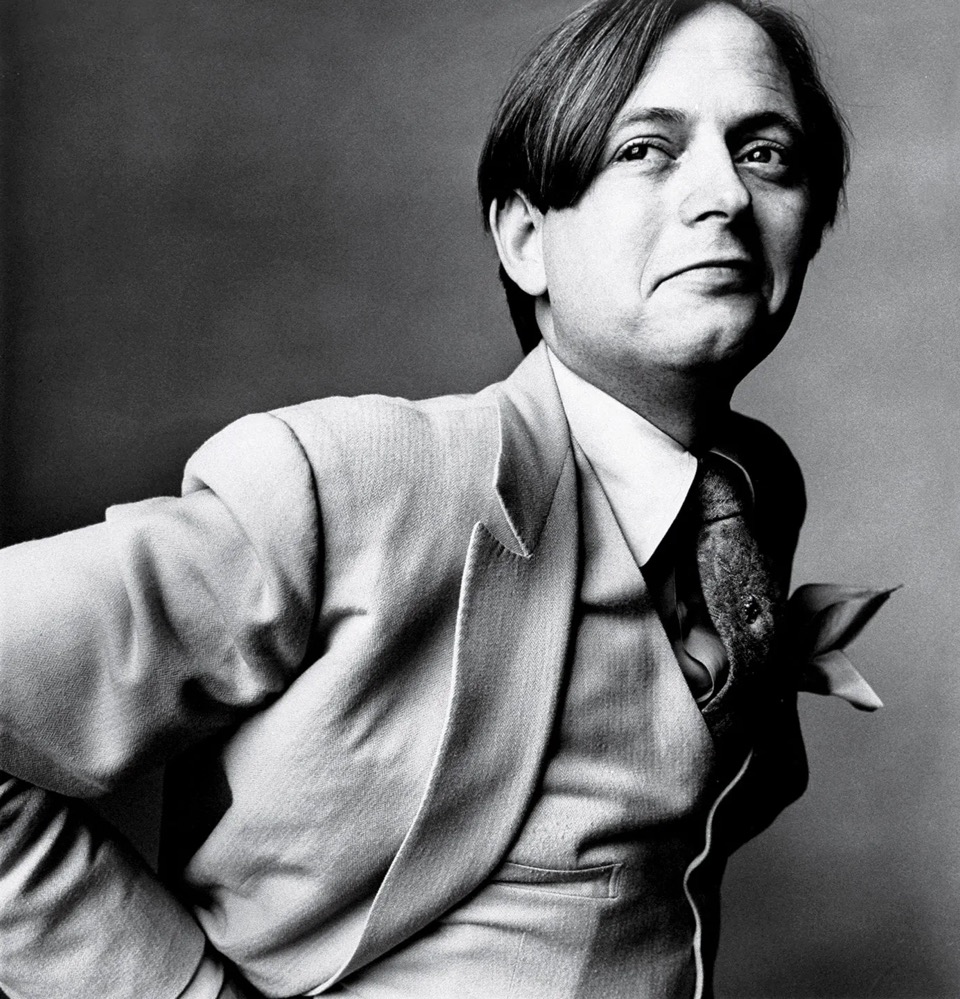
Sometimes at this time of year, I like to write to you all about love stories — how not to make them sappy and cringey. Or how to write a good love letter. Or writing a favorite setting that cracks your heart open and makes you feel like you can fly.
Why is love so challenging to write about? My crackpot hypothesis is because it’s so loaded and so fraught. Our desire for it to resonate with the reader, our need for their hearts to swell, or break, is so intense, it can get in the way of us writing these moments well.
Or I could be wrong. Once I asked the author Roger Rosenblatt why writing about love is hard, and he said, “It’s not.”
“There’s nothing special or different about writing about love,” Rosenblatt said. ““You just have to be a good writer—a good writer can write about anything.”
And what’s the key to being a good writer? That’s right. Rewriting.
This week, in her Substack Badreads, the author Lauren Hough wrote something about craft that applies directly to this question, and I love it so much, and it’s so true, I’m just going to share it here in full:
I wrote about it so many times, whatever it is. I wrote about it so that I could practice the reality of it. So that I could see it on the page. So that it could have a place to exist. Then I wrote it again and tried to understand it. Then I wrote it again and tried to make it sound right, the way I wanted it to sound. I wrote it again to punish myself. Then I wrote it to punish those at fault. I wrote it to punish the reader. Because I was angry. Then I wrote it again and tried to see if there was a reason to write it at all. Did it matter. Did it fit the story. Could I write it in a way that I would want to read it. And mostly, when the answer was no, I never wrote it again. But if I thought there was a purpose, I wrote it again and sent it to my agent or editor. Then I wrote it again to make it funnier, or whatever it needed to be.
People love to say there are no do-overs in life. Those people are not writers. We know the truth, though. If you want to do anything well, (like writing), you not only have to believe in do-overs, you have to embrace them.

Kelly Caldwell
Dean of Faculty





